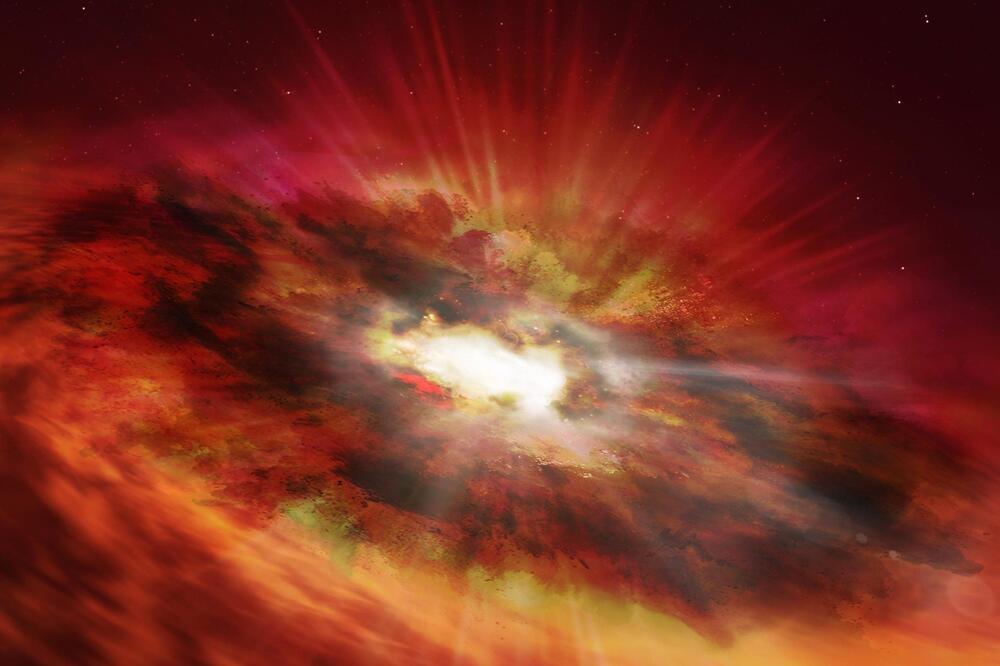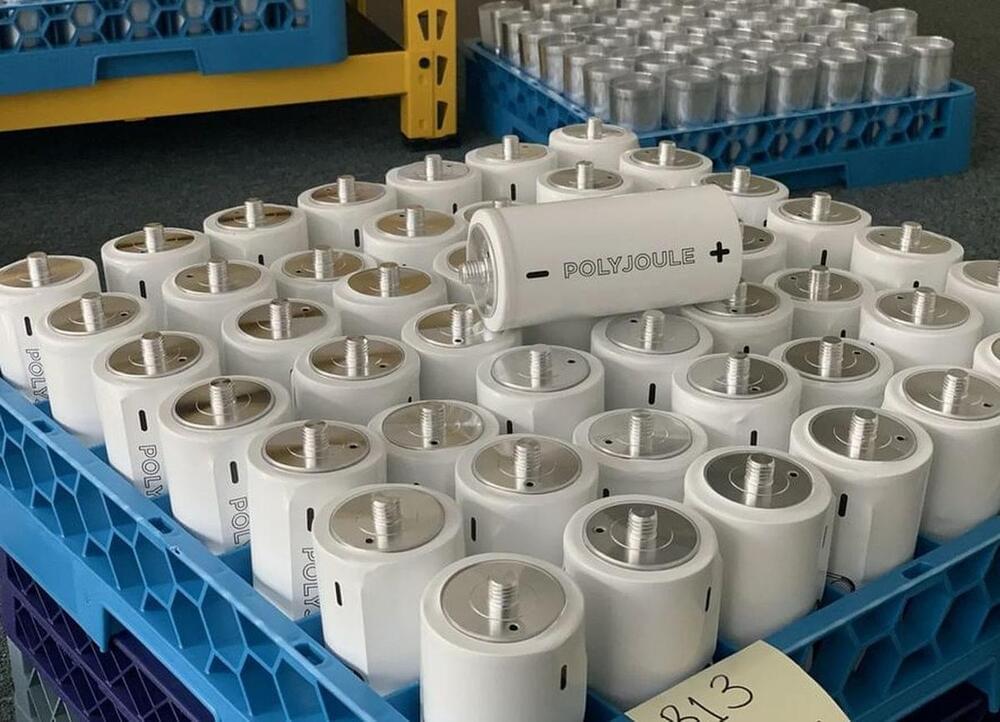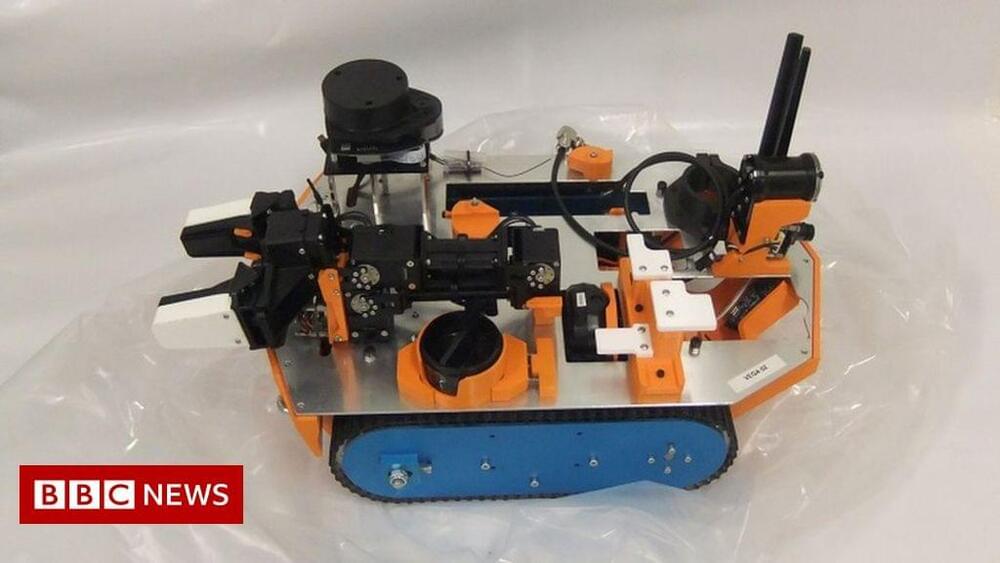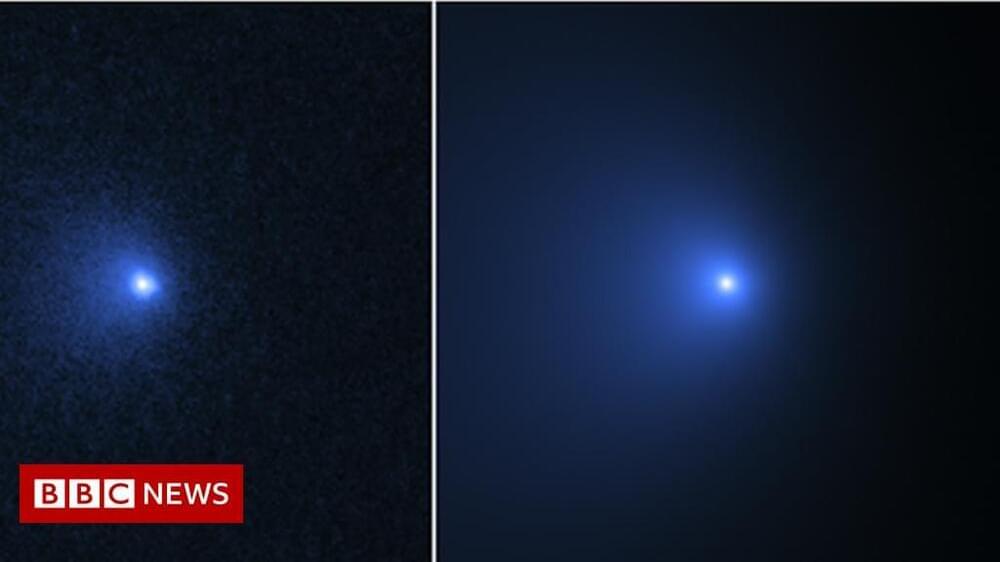In this one-hour public lecture Josh Frieman, director of the Dark Energy Survey, presents an overview of our current knowledge of the universe and describe new experiments and observatories. Over the last two decades cosmologists have made remarkable discoveries: Only 4 percent of our universe is made of ordinary matter — atoms, molecules, etc. The other 96 percent is dark, in forms unlike anything with which we are familiar. About 25 percent is dark matter, which holds galaxies and larger-scale structures together and may be a new elementary particle. And 70 percent is thought to be dark energy, an even more mysterious entity which speeds up the expansion of the universe. Josh Frieman is senior staff scientist at the Fermilab and Professor of Astronomy and Astrophysics and member of the Kavli Institute for Cosmological Physics at the University of Chicago. The Dark Energy Survey is a collaboration of 300 scientists from 25 institutions on 3 continents, which built and uses a powerful 570-Megapixel camera on a telescope in Chile to carry out a 5-year survey of 300 million galaxies and thousands of supernovae to probe dark energy and the origin of cosmic acceleration.
“This is the most expansive industrial control system attack tool that anyone has ever documented,” says Sergio Caltagirone, the vice president of threat intelligence at industrial-focused cybersecurity firm Dragos, which contributed research to the advisory and published its own report about the malware. Researchers at Mandiant, Palo Alto Networks, Microsoft, and Schneider Electric also contributed to the advisory. “It’s like a Swiss Army knife with a huge number of pieces to it.”
Dragos says the malware has the ability to hijack target devices, disrupt or prevent operators from accessing them, permanently brick them, or even use them as a foothold to give hackers access to other parts of an industrial control system network. He notes that while the toolkit, which Dragos calls “Pipedream,” appears to specifically target Schneider Electric and OMRON PLCs, it does so by exploiting underlying software in those PLCs known as Codesys, which is used far more broadly across hundreds of other types of PLCs. This means that the malware could easily be adapted to work in almost any industrial environment. “This toolset is so big that it’s basically a free-for-all,” Caltagirone says. “There’s enough in here for everyone to worry about.”
The CISA advisory refers to an unnamed “APT actor” that developed the malware toolkit, using the common acronym APT to mean advanced persistent threat, a term for state-sponsored hacker groups. It’s far from clear where the government agencies found the malware, or which country’s hackers created it—though the timing of the advisory follows warnings from the Biden administration about the Russian government making preparatory moves to carry out disruptive cyberattacks in the midst of its invasion of Ukraine.
Existing quantum devices can actually do things that we cannot compute with classical computers. The question is only can we harness this computational power that is apparently there,” van Bijnen says. “Maybe doing arbitrary computational problems is a bit much to ask, so we are now looking at whether we can match problems well to available quantum hardware.” Many current experiments involving Rydberg atoms would likely not require any radical changes in instrumentation that is already being used, he adds.
Bizarre, Evolutionary Missing Link Uncovered in Hubble Deep Survey of Galaxies The universe is so saturated with galaxies that even the weirdest things can go unnoticed for years after Hubble Space Telescope “deep-exposure” observations are taken. In sort of an intergalactic Where’s Waldo, an international team of astronomers uncovered in Hubble archival data a mysterious red dot nearly in the middle of the Great Observatories Origins Deep Survey-North (GOODS-North). As innocuous as it looks, it could be a rare missing link between some of the very earliest galaxies and the birth of supermassive black holes. The object, referred to as GNz7q, existed when the universe was just a toddler, only 750 million years after the big bang. The mixture of radiation from the object cannot be attributed to star formation alone. The best explanation is that it is a growing black hole shrouded in dust. Given time, the black hole will emerge from its dusty cocoon as a brilliant quasar, an intense beacon of light at the heart of an early galaxy. The pioneering Hubble telescope has provided a unique target for NASA ’s James Webb Space Telescope to use its spectroscopic instruments to study objects like GNz7q in unprecedented detail.
High-efficiency modules and large module formats achieve higher market share and larger wafers are established, the 13th edition of the International Technology Roadmap for Photovoltaic (ITRPV) states.
“Our batteries are designed to suit the needs of stationary power applications where safety, lifetime, levelized costs, and environmental footprints are key decision drivers,” the company said in a statement. “PolyJoule’s conductive polymer cells span the performance curve between traditional lead-acid batteries and modern lithium-ion cells, while enhancing service life and reducing balance of plant costs, due to their no-HVAC thermal management design.”
According to the manufacturer, the battery cells were tested to perform for 12,000 cycles at 100% depth of discharge. The device is based on a standard, two-electrode electrochemical cell containing the conductive polymers, a carbon-graphene hybrid, and a non-flammable liquid electrolyte. Alternating anodes and cathodes are interwoven and then connected in parallel to form a cell.
Billionaire and avid platform user Elon Musk has made an offer to purchase 100% of the shares for the social media giant.
The operators of Dounreay expect to use more robots in areas inaccessible or unsafe for humans.
It’s 85 miles wide, which is larger than the US state of Rhode Island. And it’s coming this way.
